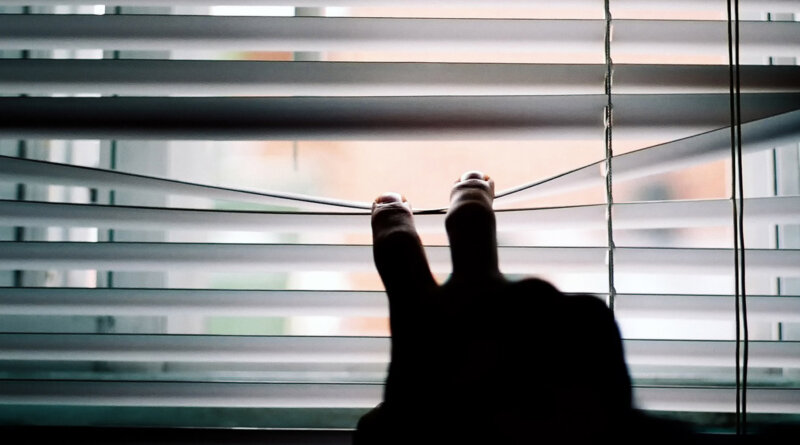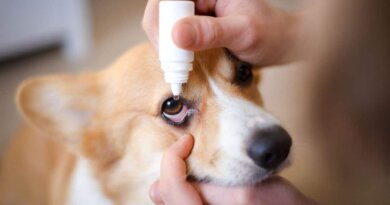Social Distancing May Need to Last Months: Study
March 25, 2020 — As painful as the last 9 days of social distancing have been, disease modelers think Americans may need to be at home much longer to truly “flatten the curve” of the COVID-19 infection and avoid overwhelming the critical care capacity of U.S. hospitals.
The new study, which was posted Tuesday on the preprint server MedRxiv, found that one-time social distancing — by itself — does very little to reduce the burden on critical care beds and equipment. It might even cause infections to spike in the fall and winter, just as seasonal flu returns.
Instead, it found that the U.S. might need to try “intermittent social distancing,” where periods of isolation are interspersed with periods of normal interaction, for the next year or more to keep from exceeding the beds and equipment available to care for critically ill patients. Some experts have dubbed this approach “pumping the brakes.” But the study’s authors agree it probably isn’t realistic to keep cycles of social distancing going for so long.
The study comes just as President Donald Trump has said he would like to end national mitigation efforts against the infection in time for Easter services. At a press briefing Wednesday, he said there is ”virtually no problem or a very small problem” in some areas of the country not hard hit by the pandemic. He suggested the re-opening would be rolled out, depending on how hard-hit an area is.
But Yonatan Grad, MD, PhD, an assistant professor of immunology and infectious disease at the Harvard T.H. Chan School of Public Health, said even though it doesn’t solve all problems, “social distancing is really the key thing that we can do right now.”
“A too hasty retreat from social distancing risks a threat to our health care infrastructure, which itself carries huge economic consequences,” he says.
Those comments were echoed on Wednesday by WHO officials who warned that countries that don’t take recommended steps to control the virus could face a resurgence if they relax restrictions too soon.
“The last thing any country needs is to reopen schools and businesses only to have to close them again,” said WHO Director-General Tedros Adhanom Ghebreyesus.
While a single burst of social distancing probably won’t reduce the number of infections we eventually see in this country, study authors say it does buy time to get other efforts into place.
One of the most important, Grad says, is testing. The U.S. needs much more testing both to find people who are infected so they can be isolated, and to know who has recovered and might have immunity from the virus.
“Without having better testing data, we are in some ways flying blind,” he says.
Grad says the U.S. should also double the critical care capacity of its hospitals — adding more intensive care beds, buying more ventilators, and finding people who can run those machines. New York is currently pushing to make this happen.
“We don’t want to end up in the same place as we have seen in Wuhan and Northern Italy where the bottleneck is the number of ventilators and staff,” Grad says.
For their study, Grad and his team looked at different periods of social distancing in the U.S. — everything from 1 to 5 months. They also modeled the strictness of those periods of isolation, trying to imagine social distancing strategies that cut the contagiousness of the virus by 20% to 60%.
In every scenario they ran — even if the U.S. strictly isolated everyone for 5 months — the critical care capacity at hospitals nationwide is overwhelmed.
“The short, modestly successful social distancing interventions don’t delay the peak by very much or diminish it very much,” he says.
This is particularly true if the seasons play a role in the spread of the disease, as they did with the 1918 flu, which infected about a third of the world’s population in two waves. The reason is that social distancing can have a downside. Isolation creates a pool of people without any immunity to the infection. When restrictions on movement are lifted, those people are susceptible and once again mixing with others, and it creates a second wave of infection. Because infections spread more easily in the winter, when people spend more time together indoors, the Harvard study predicts that a fall or winter peak could be as high as, or even higher, than the one they expect to see this spring.
The only way not to overwhelm the critical care capacity of hospitals is to pump the brakes. That means periods of social distancing to spread cases out. In order for this to work, the U.S. would need to do periods of social distancing through at least the end of the year, and under some scenarios, through 2022. This strategy would also depend on having widespread testing so that experts could tell when cases were picking up again and order everyone back into isolation. Rules could be relaxed when space in critical care beds opens again.
If the U.S. doubles its ICU capacity, as New York is trying to do right now, these periods of isolation could stop by February 2021, the models show.
The amount of social distancing needed could also change if researchers get a vaccine or find a drug that’s effective against the disease.
While the modeling shows this combination of efforts could save U.S. hospitals, and by extension, U.S. lives, the study authors acknowledge that repeated social distancing for a month or more at a time probably isn’t realistic.
“It seems to me unlikely to be feasible to do social distancing many times, as would be needed,” Grad says.
WHO infectious disease epidemiologist Maria Van Kerkhove, PhD, says they are learning from other countries what works. China, for example, didn’t lock down the entire country in its efforts to control the virus, but used very aggressive measures in areas like Wuhan where the epidemic started. As China is now relaxing restrictions, it is using a staggered approach instead of doing it all at once. China has not had a new case of local transmission in days, she says.
“These are things that work,” Van Kerkhove says. “We know they are incredibly difficult.” But countries that don’t implement these measures may face an “endless cycle” of lockdown, she says. “We want to break that endless cycle.”
Writer Kathleen Doheny contribtued to this report.




